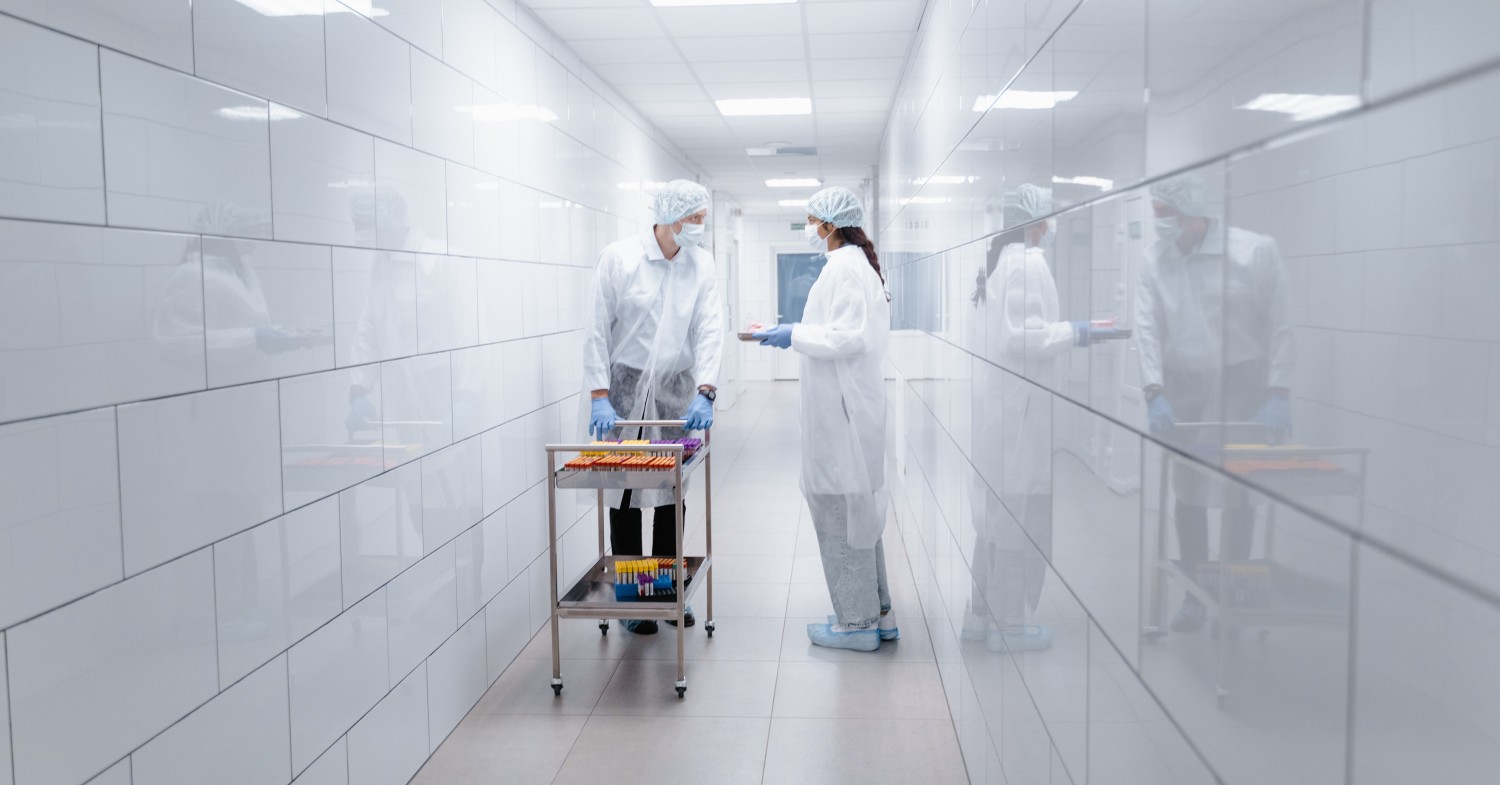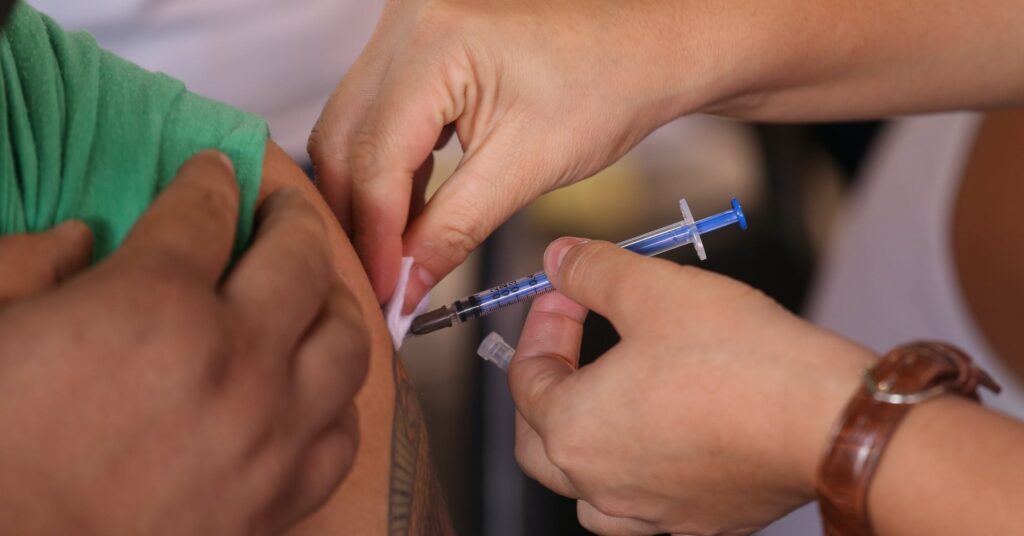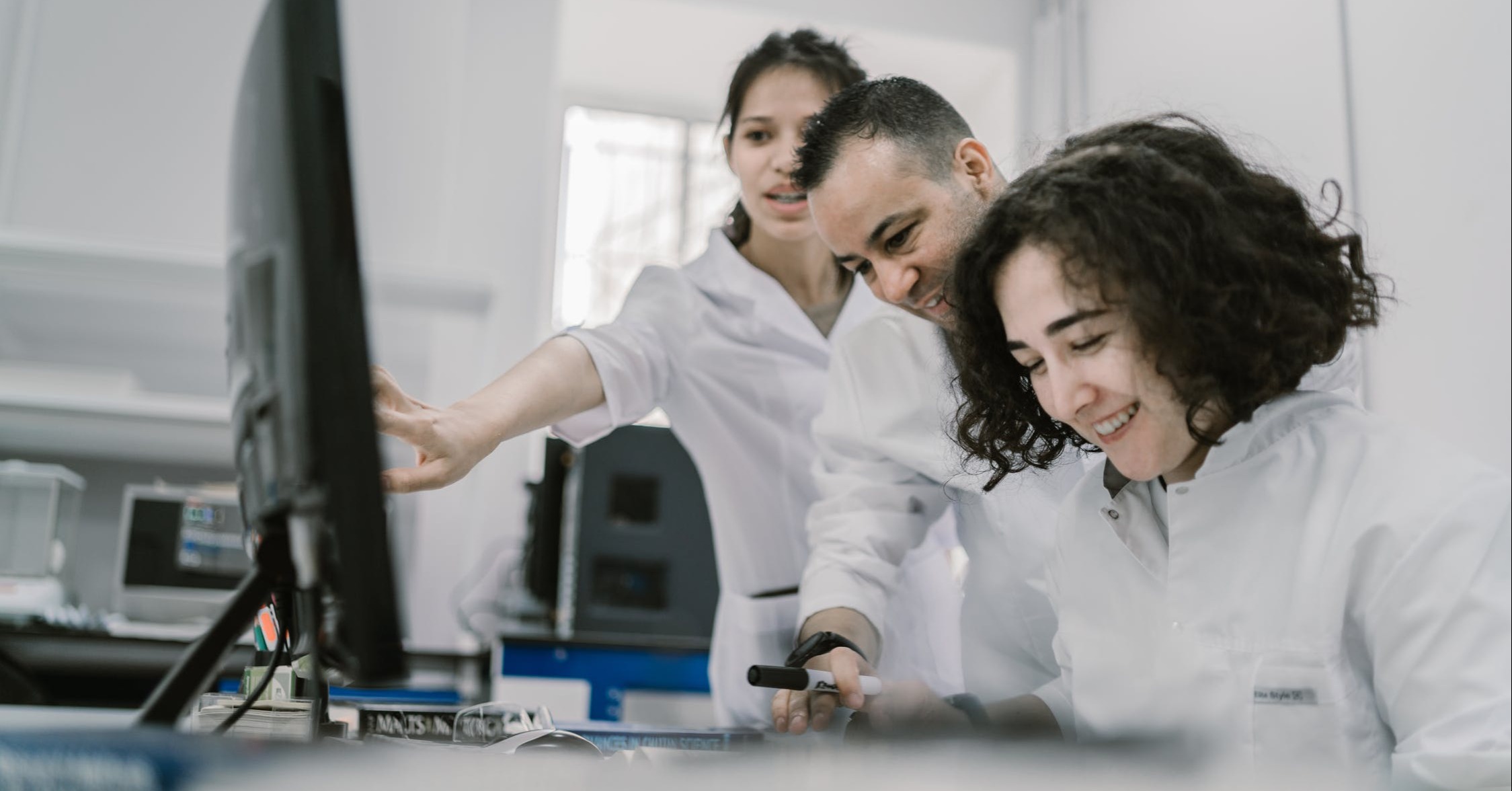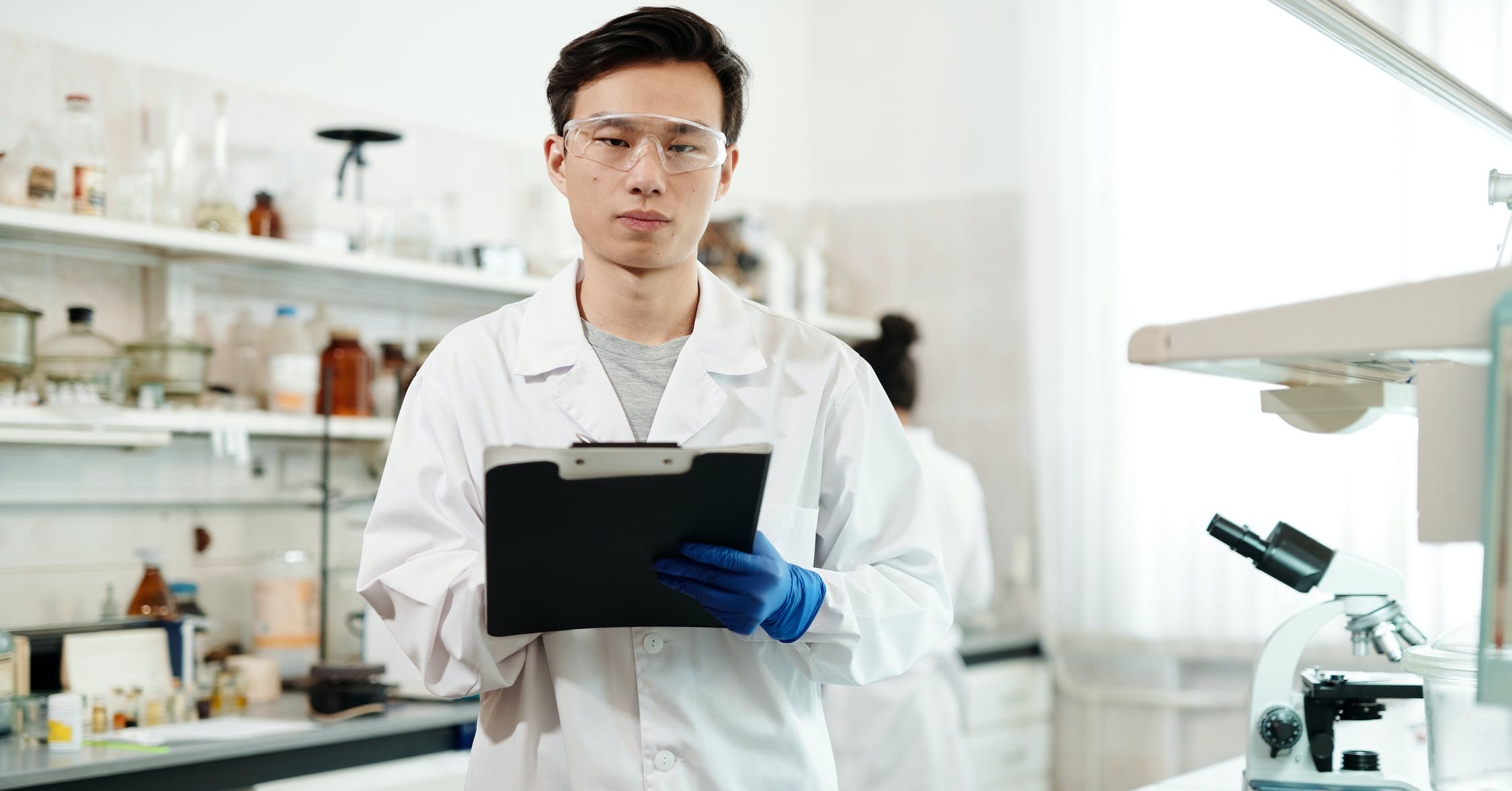
What Does a Hospital Pharmacist Do?
In inpatient healthcare settings, hospital pharmacists help provide quality patient [...]

Several significant stressors currently impact the American healthcare system. They include:
These conditions have left pharmacies busier than ever, with staff shortages, particularly at the large drug store chains, exacerbating the situation. Adding further pressure are a doctor shortage and lack of access to health insurance, both of which drive some Americans to seek out pharmacists for some primary care services (e.g., blood pressure testing, diabetes testing).
Retail pharmacies have adjusted to this new work environment by empowering pharmacist technicians to assume some responsibilities previously held by licensed pharmacists. This should mean more job opportunities for pharmacist technicians going forward. The US Bureau of Labor Statistics (BLS) predicts moderate job growth over the next decade for pharmacy technicians (four percent growth, or 31,700 new jobs each year) and pharmacists (two percent growth, or 11,300 new jobs each year).
So, what is a pharmacist technician? This article answers the question and also discusses:
You might assume that the person at your local drug store’s consultation counter is a pharmacist, but this isn’t always the case. Sometimes the person taking down your medical information and answering questions about your prescription medication isn’t a licensed pharmacist, but a pharmacy technician.
Traditionally, pharmacy techs have worked under the supervision of pharmacists, performing tasks like compounding medications and dispensing drugs and medical devices to patients and overseeing administrative tasks like inventory management, reviewing patient records, processing insurance claims, and making payment clarifications.
More recently, pharmacy techs have taken on more of the patient-facing responsibilities typically performed by pharmacists, such as taking patient information, processing prescription requests and filling prescriptions, answering questions about medicine dosages, acting as a liaison among doctors, patients, and pharmacists—and, in some states, even administering vaccines.
Pharmacy technician jobs are found in retail pharmacies, hospital pharmacies, long-term care facilities, pharmaceutical manufacturing, or mail order processing facilities. In short, you find them almost anywhere licensed pharmacists work.
Pharmacy techs used to receive much of their training on the job by working alongside pharmacists. Today’s pharmacy techs take a more formal approach to their training through a pharmacy technician training program to gain certification and licensing, ensure the safety of their clients, and support others on their busy team.
You can become a pharmacy technician in one of two ways: either through an accredited pharmacy technician associate’s degree program or by completing a certificate program. Application requirements are the same for both—a high school diploma or GED, school transcripts, placement test scores, and a background check.
Pharmacy technician certificate programs only take about a year to complete. For more robust pharmacy technician training, you can opt for the associate’s degree, which takes two years to complete, and include job training through program internships and externships. Your local community college should offer both types of tech training in-person; some also offer online programs. All pharmacy technician training programs are accredited by the American Society of Health System Pharmacists (ASHP) and the Accreditation Council for Pharmacy Education (ACPE).
After completing your training, you’ll need to take a Pharmacy Technician Certification Exam (PTCE) to apply for state licensure. These exams are administered by the Pharmacy Technician Certification Board (PTCB) and National Healthcareer Association (NHA), which oversee industry certifications. Most state boards of pharmacy require those working in pharm tech jobs to be certified pharmacy technicians (CPhT) to fully practice. Certifications must be renewed every two years by completing 20 hours of continuing education.
If you are a pharmacy technician working full-time, you may find it worthwhile to pursue a Doctor of Pharmacy (PharmD) degree. The degree takes four years of study to complete, and if your pharmacy technician program awarded you an associate’s degree, you can apply it (and all your work experience) toward your doctorate to fulfill any required prerequisites.
Completion of the PharmD degree means a pharmacy tech can pursue certification, become a licensed pharmacist, and take on new roles and responsibilities. Pharmacists qualify for a broader range of jobs, which gives them greater flexibility and opportunity within the healthcare field.
The most obvious benefit to earning your PharmD is an increase in pay. A pharmacy technician salary averages about $36,740, while the median salary for a certified pharmacist is about $128,570.
A Doctor of Pharmacy degree is the professional credential required for all practicing pharmacists in the US. The Doctor of Pharmacy degree, which typically takes four years to complete, combines rigorous didactic instruction with a series of clinical rotations in specialty areas of practice.
For admission to a PharmD program, you need to have completed at least two years of college with a 3.0 GPA and taken prerequisite courses in calculus, physics, organic chemistry, statistics, general biology and microbiology, human physiology, anatomy, and at least one social science.
Applicants must submit transcripts, personal statements, and letters of recommendation to their schools of choice through the Pharmacy College Application Service standardized admissions application process. You also may need to take the Pharmacy College Admissions Test (PCAT) to have your application considered at some schools.
The PharmD curriculum begins with didactic learning for the first two years and transitions into pharmaceutical rotations for the second half of the program. Early coursework covers genetics, genomics, biotechnology, pharmacology, medicinal chemistry, pharmacokinetics, pathophysiology, microbiology, and immunology. Classes also cover pharmacy law and biostatistics, as well as self-care, leadership and management, and professional development.
A significant component of the PharmD education program takes place after Year Two, when pharmacy rotations begin and the shift is made from didactic to experiential learning. Experiential learning enables students to gain a first-hand understanding of different pharmaceutical industry practice settings in specialty areas like internal medicine, critical care, pediatrics, infectious disease, transplant, and emergency medicine—and an elective rotation that the student selects. These four-to-six week-long rotations are supervised by preceptors who oversee the application of learning into practice.
All PharmD programs are accredited by the Accreditation Council for Pharmacy Education (ACPE), and qualify graduates to sit for both the North American Pharmacist Licensure Exam (NAPLEX) and the Multistate Pharmacy Jurisprudence Exam (MPJE) for state licensing.
There are many excellent in-person and online Doctor of Pharmacy programs in the US, including:
(Last Updated on February 26, 2024)
Questions or feedback? Email editor@noodle.com

In inpatient healthcare settings, hospital pharmacists help provide quality patient [...]

To practice as a pharmacist, you must earn a Doctor [...]

If you have a bachelor's degree in chemistry or biology [...]

In physician assistant programs, PA students undertake first-year didactic coursework [...]

Health informatics can improve healthcare delivery by reducing mistakes and [...]
Categorized as: Medicine, Nursing & Healthcare